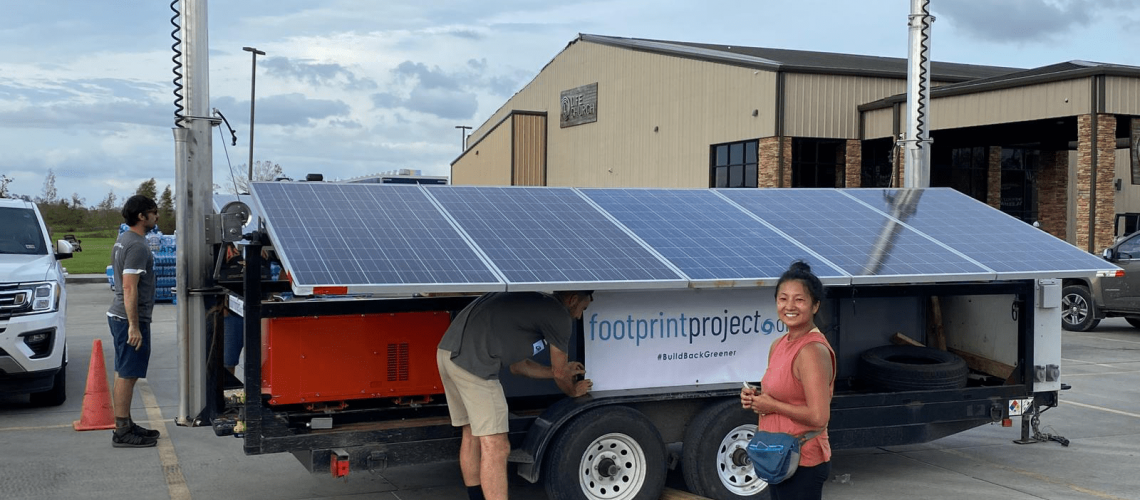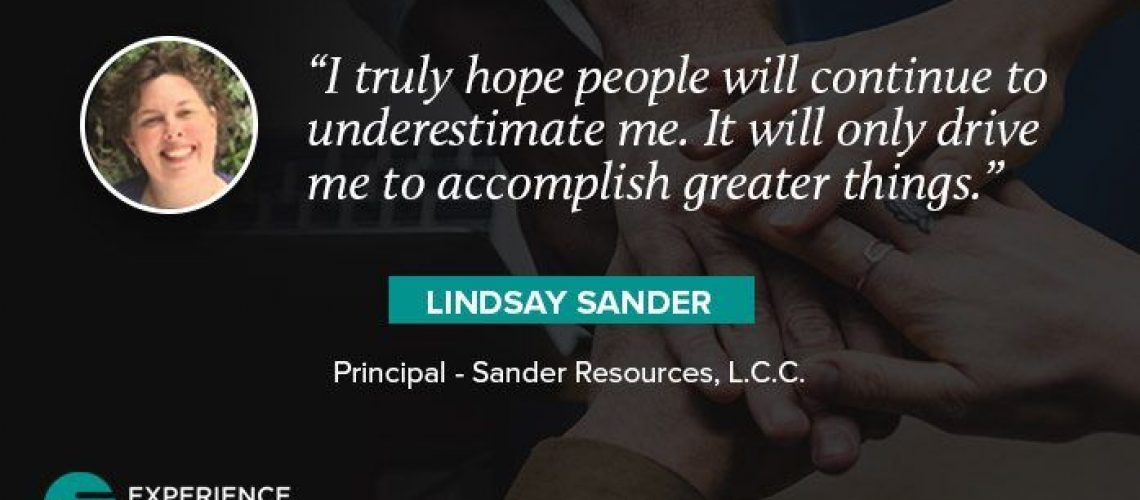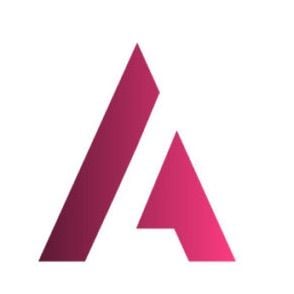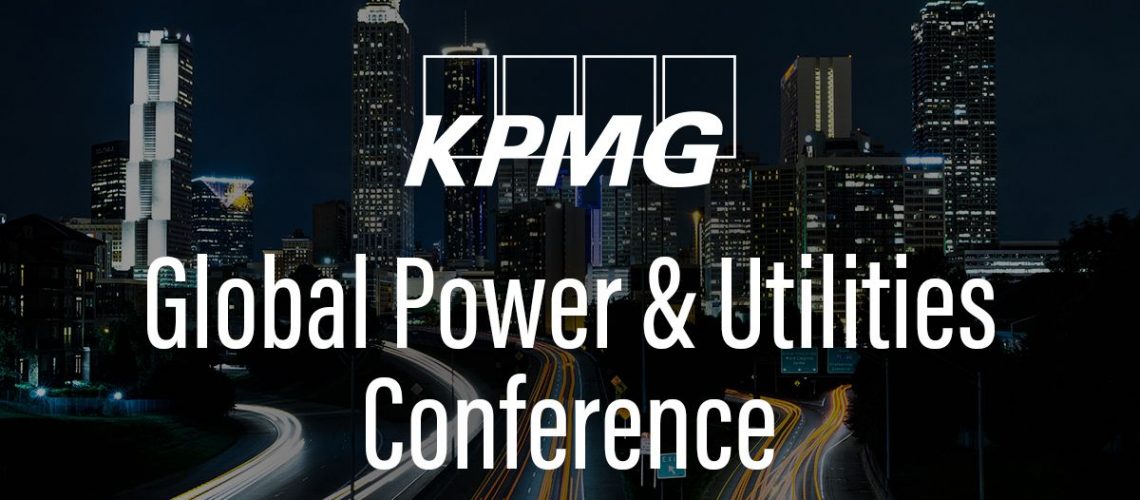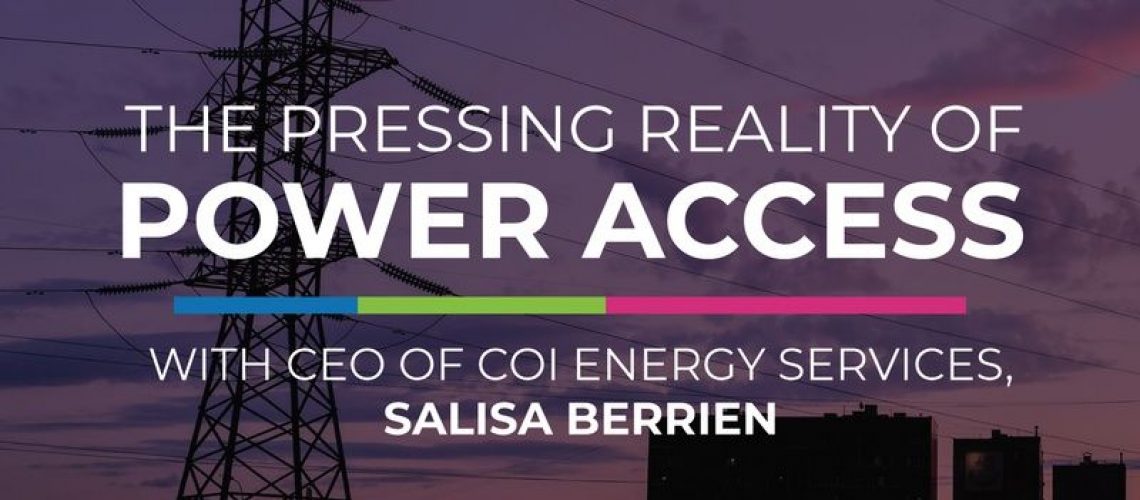Hurricane Ida slammed the coast of Louisiana in the wee hours of the morning of August 29, 2021. The monster Category 4 storm made landfall the same day 16 years later after Hurricane Katrina. This time, the city was spared massive flooding, with a new levee system that held, however it knocked the power grid over on its side.
Entergy New Orleans has been working around the clock since the massive transmission system fell into the Mississippi River.
Grid resilience is a topic we hear about much more given the floods, fires, and storms we've seen and the aging infrastructure of our power systems across the country. But this challenge in New Orleans didn't stop the Footprint Project and the DER Task Force in trying something different when it came to relief and response for Louisiana after the grid went dark for days.
Meet the Footprint Project, a committed group of volunteers and clean energy enthusiasts who believe in building back greener.
A lean, mean, microgrid-deploying machine
Enthusiasts call the effort a "lean, mean, microgrid-deploying machine". The Footprint Project is a non profit got its start as an idea out of a hack-a-thon. Now it installs mobile solar and storage throughout cities impacted by disasters to complement the diesel and gas generators deployed by others. Typical sites they support include community centers, medical centers, and fire stations, but they also target street corners and parking lots so people can charge cell phones, medical and mobility devices, and use wifi.
The founder, Will Heegaard sees every disaster as an opportunity to build back greener. A registered paramedic, Will previously worked with International Medical Corps to deploy solar refrigeration in West Africa during the Ebola outbreak, then deployed with Team Rubicon after disasters in Louisiana, Minnesota, and Puerto Rico.
How it works
Footprint helps responders cut diesel, carbon, and costs. For communities, they help to build resilience through mobile solar access and education. And for the energy industry, they repurpose commercial solar equipment for a cause while reducing waste. For Louisiana residents, they're giving comfort to ravaged areas who won't get the power back for another several weeks.
How can you help
The efforts of relief groups rely on equipment, cash donations and supplies. More than $1M in equipment has been provided to date. To donate to this effort, visit the GO FUND ME here.
